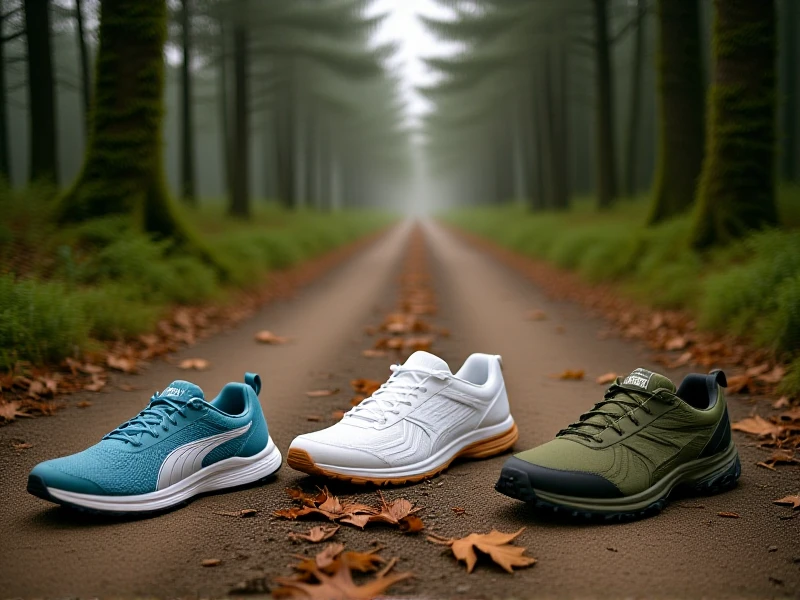
The Ultimate Guide to Trail Running Shoes: Conquer Any Terrain With Confidence
Hitting the trails offers an exhilarating escape, but rough paths demand footwear built for the challenge. Standard running shoes simply can't match the specialized design of dedicated trail running shoes. Understanding what makes them unique empowers you to choose the perfect pair for your off-road adventures.
Why Trail Shoes Matter More Than You Think: Unlike smooth pavement, trails serve up mud, rocks, roots, loose gravel, and unpredictable inclines. Trail running shoes are engineered specifically to combat these elements:
- Aggressive Outsoles: Deeper, multi-directional lugs provide superior grip, biting into soft ground and preventing slips on slick surfaces.
- Enhanced Durability: Robust materials and reinforced construction (like rubber toe caps and overlays) shield your feet from sharp rocks and trail debris. Abrasion-resistant uppers withstand brush and rugged terrain.
- Stability and Protection: Often featuring a rock plate – a firm shield embedded in the midsole – to diffuse impact from sharp rocks underfoot. Wider platforms offer better balance on uneven surfaces.
- Weather Resistance: Many models offer water-resistant uppers or quick-drying mesh to keep your feet more comfortable in wet or muddy creek crossings. Prioritize breathability for drier climates.
Key Features to Prioritize: When selecting your ideal trail running shoes, consider:
- Tread Pattern (Lug Depth): Deeper, widely spaced lugs excel in deep mud or soft terrain. Medium lugs (4-7mm) are versatile for mixed conditions. Shallow lugs suit hard-packed trails.
- Midsole Cushioning: Do you prioritize responsiveness (firmer) on technical trails or plush cushioning (softer) for longer distances? Match this to your distance and sensitivity needs.
- Ground Feel vs. Protection: A low "stack height" close to the ground offers excellent trail feel and agility. Higher stack heights provide more cushioning underfoot and often incorporate rock plates.
- Fit is Paramount: Your foot will move differently on uneven terrain versus roads. Ensure a secure heel lockdown and space in the toe box (often needing ½ size larger than road shoes) to prevent bruising on descents. Test them with the socks you wear for running! Brands like Salomon (Speedcross), Brooks (Cascadia), Saucony (Peregrine), Hoka (Speedgoat), and Altra offer excellent, well-regarded options catering to different preferences.
Finding Your Perfect Trail Match: Think about the trails you frequent. For muddy, technical mountain paths, prioritize aggressive grip and protection. Hard-packed or smoother trails might allow lightweight shoes with moderate cushioning. Honest brands provide guidance on each shoe's intended terrain. Try various models from different manufactures – the feel on your foot is crucial. Visit your local running shop for expert advice and fitting.
Investing in high-quality trail running shoes isn't just about performance; it's about safety, enjoyment, and exploring further with confidence. Embrace the adventure with the right tools under your feet! Get fitted, choose wisely, and hit the trails prepared.